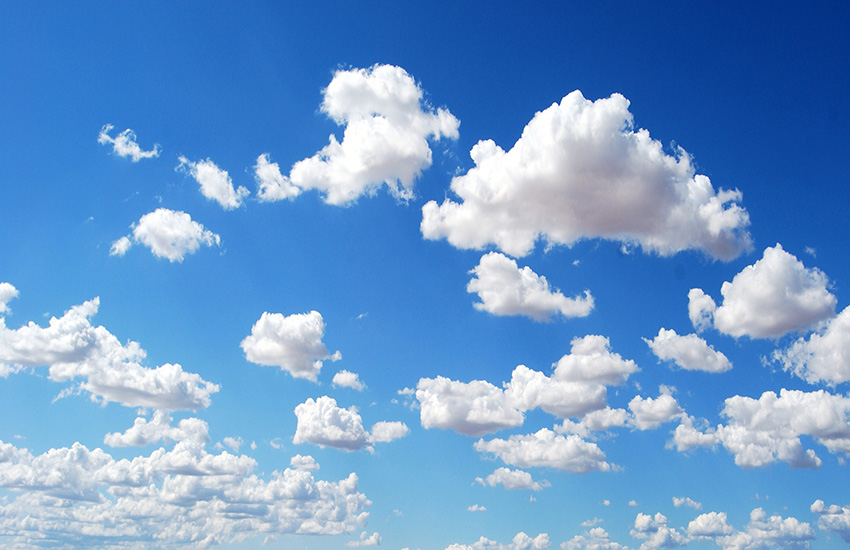The summer from May to August was warmer than ever in recorded history

This year, the summer from June to August was approximately two degrees warmer than usual according to the statistics of the Finnish Meteorological Institute. On average, such a warm summer occurs every 20 to 30 years in Finland. In some areas, the summer was even more extreme. At the Kaisaniemi observation station in Helsinki, for example, it was the warmest summer recorded in the weather station's 174-year history, with the same temperatures reached in 2011. In Tähtelä, Sodankylä, the summer was the second warmest in the 118 years of recording history; only 1937 was warmer.
With May included, the summer was the warmest in recorded history both at individual observation stations and in terms of the average temperature in the whole country. The average temperature in the whole country from May to August was as much as 0.3 degrees warmer than during the second warmest year of 1937.
The summer's highest temperature 33.7°C was recorded in Klemettilä, Vaasa, on 18 July. This is the second highest temperature in at least 60 years; only the hottest temperature recorded in summer 2010 was higher (37.2 °C).
Unusually many hot days
In the southern part of the country, there were approximately 40 hot days exceeding the temperature of 25 degrees Celsius, and at the observation stations in Lapland, approximately 20. Depending on the area, there were 10 to 30 more hot days than usually, in other words, days when temperatures rose above 25 degrees. The biggest number of hot days recorded at an individual observation station was measured in Heinola, a total of 46 days. This is the third biggest number since 1960.
Altogether 63 hot days exceeding the temperature of 25 degrees Celsius were recorded in different parts of the country, which is the second biggest number since the 1960s. More hot days were recorded only in 2002, 65 in total. In the light of the statistics, it is possible to reach temperatures of over 25 degrees Celsius in September, too.
Early summer was very dry
It rained unusually little in western parts of the country between June and August. Especially in the area from Ahvenanmaa to central Finland, precipitation levels were only half of the average, which is rare. Such low precipitation levels occur on average every 10 to 30 years. At some observation stations in southwestern Finland, the summer broke the previous records by being exceptionally dry. Higher than average precipitation was seen primarily only in northern Lapland. The highest amount of precipitation, 286.6 mm, was measured in Taivalkoski. It rained the least in Jomala, Ahvenanmaa, 77.6 mm.
The draught started already in May, and the western parts of the country did not have any rain for over a month. Low precipitation levels combined with evaporation caused by the heat made the terrain and the forests very dry, especially in early summer.
August was warm, too
According to the statistics of the Finnish Meteorological Institute, the average temperature in August was 1 to 3 degrees higher than normally. The biggest difference was recorded in eastern parts of the country, where a similar August takes place on average every 10 to 30 years.
The highest temperature of the month, 32.9 degrees Celsius, was recorded in Konnunsuo, Lappeenranta, on 2 August. The lowest temperature of the month, -2.5°C , was recorded in the Kittilä district of Lompolonvuoma on 28 August.
Similar to the summer, August was drier than usual in the western parts of the country, where it rained less than half of the usual amount in some places. The amount of precipitation was above average in the northern parts of the country, and in northern Lapland, it was as much as twice the typical amount. According to preliminary information, the biggest rainfall in August was measured in Angel, Inari, 143.3 mm. It rained the least in Yttilä, Köyliö, 14.9 mm. The biggest amount of precipitation in one day, 64.4 mm, was measured in Kaustinen on 2 August.
As many as 61 000 lightning strikes were recorded in August, which is twice as much as usual. Almost all of the lightning strikes were observed during two consecutive days from 2 to 3 August.
Further information:
Weather statistics for August (in Finnish): http://ilmatieteenlaitos.fi/elokuu
Cooperation is a must for adaptation to and mitigation of climate change
Weather statistics from the climate service, tel. 0600 1 0601 (EUR 4,01/min + local network charge)Weather forecasts from the meteorologist on duty 24h/day tel. 0600 1 0600 (EUR 3,85/min + local network charge)
